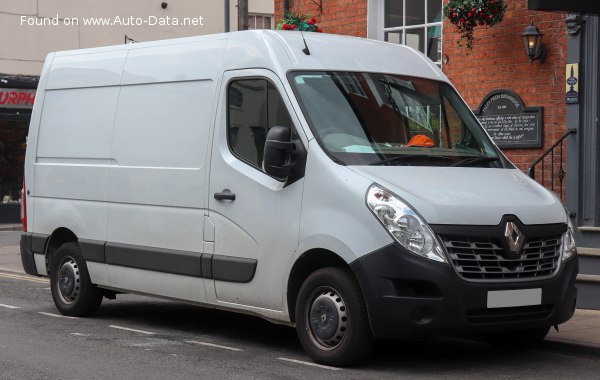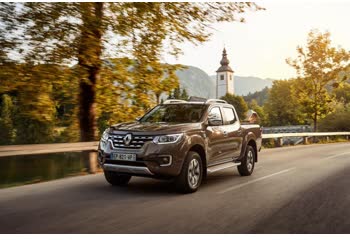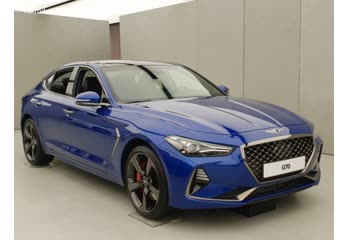Everything you need to know about specifications and performance - Renault Master 2017 - 2.3 dCi (130 Hp) L3H2 LM35

Overview:
What is the engine capacity of a Renault Master 2017?
The engine capacity of the Renault Master 2017 is 2298 cm.
Renault Master 2017 How many horsepower?
The engine power of the Renault Master 2017 is 130 Hp @ 3500 rpm..
What is the Renault Master 2017 engine?
Renault Master 2017 engine is M9T. (Click to see other cars using the same engine)
How much gasoline does a Renault Master 2017 consume?
The Renault Master 2017 consumes 7.7-8.2 liters of gasoline per 100 km
What is the recommended oil for a Renault Master 2017 engine?
The recommended oil for a Renault Master 2017 car engine is 5W-30, 5W-40.
What type of camshaft transmission system is used in a Renault Master 2017 engine?
chain is used to transmit motion.
General:
Engine:
Performance:
Space:
dimensions:
Powertrain, Suspension and Brakes:
See also

Last generation.
Its production began in 2019 until Now

Same engine. (M9T).
Its production began in 2017 until Now

Same production year and almost the same engine capacity.
Its production began in 2017 until 2020
Write a comment